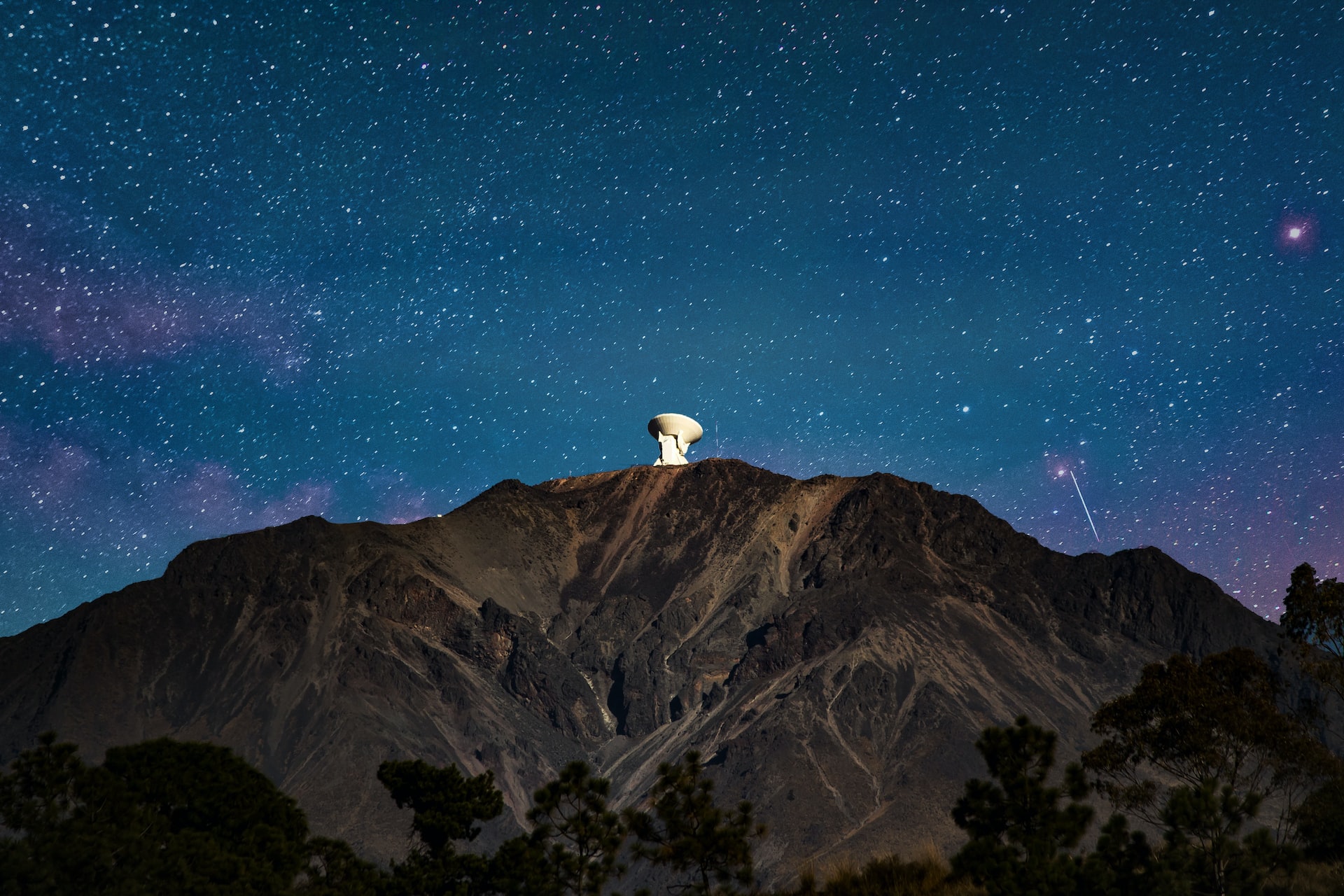The Search for Extraterrestrial Life: Current Developments and Future Possibilities

The search for extraterrestrial life is one of the most fascinating and mysterious areas of scientific research. The possibility of life existing beyond Earth has captivated the human imagination for centuries, and in recent years, advances in technology and our understanding of the universe have made the search for extraterrestrial life more viable than ever before.
Methods and Techniques Used in the Search for Extraterrestrial Life
The search for extraterrestrial life is a multi-disciplinary effort that involves the use of various methods and techniques.
One of the primary methods used is the search for signs of life on other planets and moons in our solar system. This includes the use of spacecraft and robotic landers to explore the surface of planets and moons, as well as the use of telescopes to search for signs of life in the atmospheres of other planets.
Another method used in the search for extraterrestrial life is the search for microbial life in our solar system. This includes the study of microbial life in extreme environments on Earth, such as deep-sea hydrothermal vents, and the search for microbial life on other planets and moons in our solar system. This includes the study of subsurface oceans on icy moons like Europa and the search for microbial life in the subsurface of Mars.
A third method used in the search for extraterrestrial life is the search for biosignatures. Biosignatures are any indicators of past or present life, such as biomarkers, fossils, or microbial remains. This includes the search for biosignatures in the rock and soil samples collected by robotic landers and rovers, as well as the search for biosignatures in the atmospheres of other planets.
Discoveries Made in the Search for Extraterrestrial Life
Despite the many challenges and obstacles, scientists have made several important discoveries in the search for extraterrestrial life. One of the most significant discoveries is the discovery of microbial life in extreme environments on Earth.
This includes the discovery of microbial life in deep-sea hydrothermal vents, as well as the discovery of microbial life in other extreme environments such as the polar ice caps and deep underground.
These discoveries have shown that life can exist in environments that were previously thought to be inhospitable, and have expanded the range of environments that are considered potentially habitable.
Another significant discovery is the detection of water on other planets and moons in our solar system. The discovery of subsurface oceans on Europa and Enceladus, as well as the detection of water ice on Mars, has increased the potential for the existence of microbial life in our solar system.
In recent years, scientists have also made significant strides in the search for biosignatures. In 2020, scientists announced that they had discovered phosphine in the atmosphere of Venus, which is considered a potential biosignature for microbial life. This discovery has sparked renewed interest in the search for life on Venus and the exploration of its atmosphere.
Future Possibilities for the Search for Extraterrestrial Life
The search for extraterrestrial life is an ongoing effort that is constantly evolving with new technology and discoveries. In the future, scientists will continue to search for signs of life in our solar system, with a focus on the exploration of subsurface oceans on Europa and Enceladus, as well as the search for microbial life on Mars.
In addition to the search for life in our solar system, scientists will also continue to search for biosignatures in the atmospheres of exoplanets. The use of telescopes such as the James Webb Space Telescope, which is set to launch in 2021, will enable scientists to detect biosignatures in the atmospheres of exoplanets and to search for signs of life on a global scale.
Another area of research that is expected to play a significant role in the search for extraterrestrial life is the study of astrobiology. Astrobiology is the study of life in the universe, and it encompasses a wide range of disciplines, including biology, chemistry, geology, and astronomy. The study of astrobiology will play a critical role in understanding the potential for life in other environments and the possibility of different forms of life existing in the universe.
In conclusion, the search for extraterrestrial life is one of the most fascinating and mysterious areas of scientific research. Advances in technology and our understanding of the universe have made the search for extraterrestrial life more viable than ever before.
The discoveries made so far, including the detection of microbial life in extreme environments on Earth, the detection of water on other planets and moons in our solar system, and the detection of biosignatures, have increased the potential for the existence of life in the universe.
The future possibilities for the search for extraterrestrial life are numerous, with a focus on the exploration of subsurface oceans, the search for microbial life on Mars, and the search for biosignatures in the atmospheres of exoplanets. The study of astrobiology will also play a crucial role in understanding the potential for life in other environments and the possibility of different forms of life existing in the universe.
References:
- Extraterrestrial Life News and Research – Scientific American
- The Search for Extraterrestrial Life as We Don’t Know It – Scientific American
- Overview | Our Solar System
- Can We Find Life? | The Search For Life – Exoplanet Exploration: Planets Beyond our Solar System
- Deep Sea Hydrothermal Vents | National Geographic Society
- Exoplanet Biosignatures: A Review of Remotely Detectable Signs of Life | Astrobiology
- Alien-life hunters are eyeing icy ocean moons Europa and Enceladus | Space
- The James Webb Space Telescope will transform our understanding of alien worlds
- Life, Here and Beyond
- Earth-sized alien worlds are out there. Now, astronomers are figuring out how to detect life on them | Science





